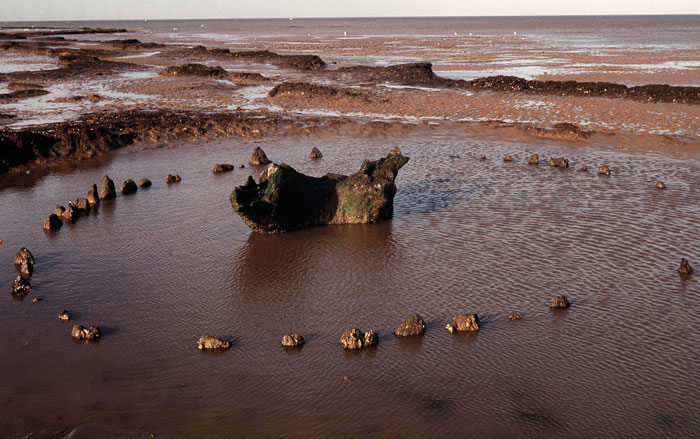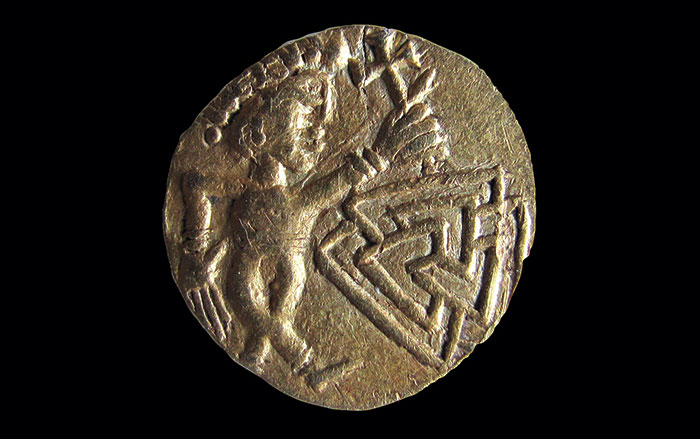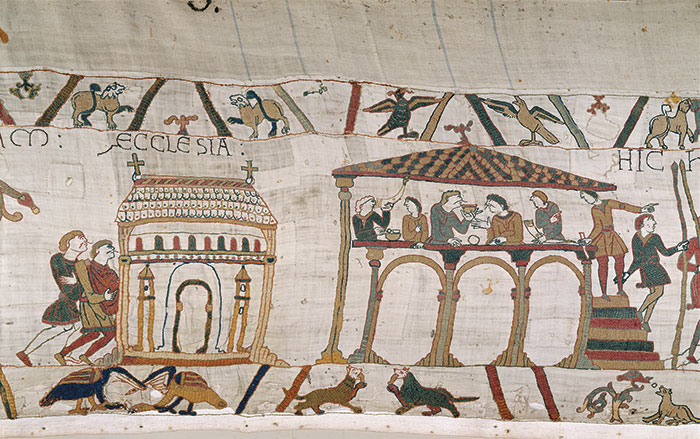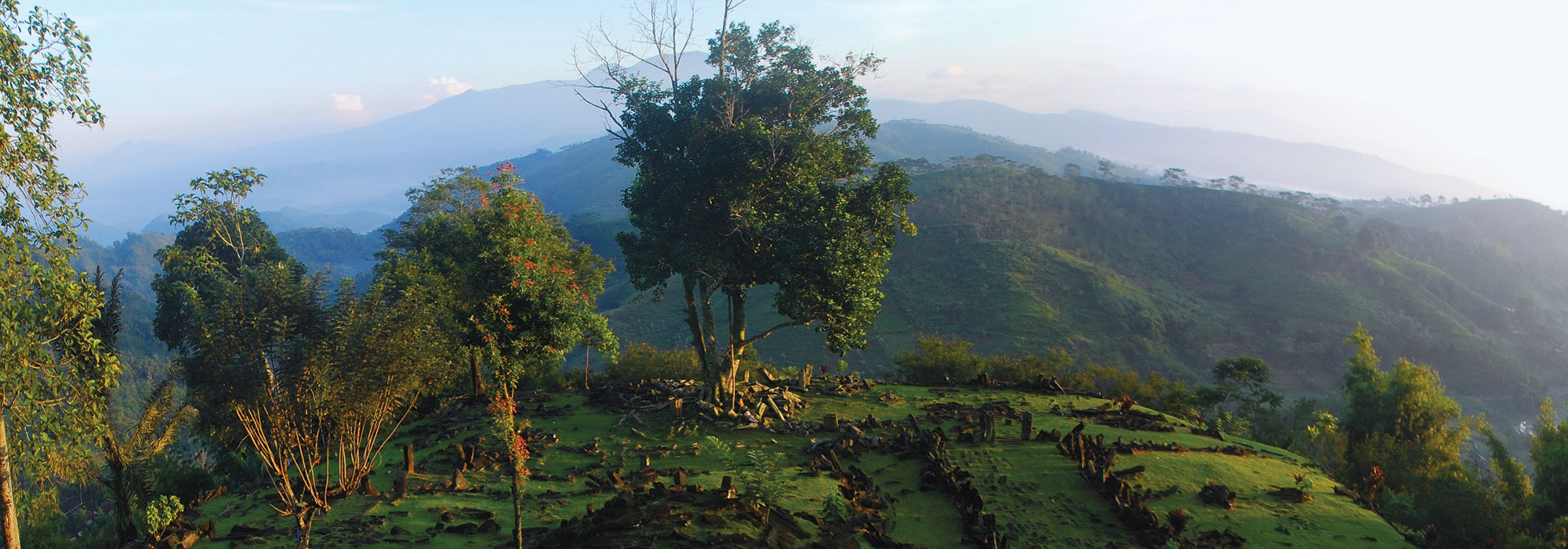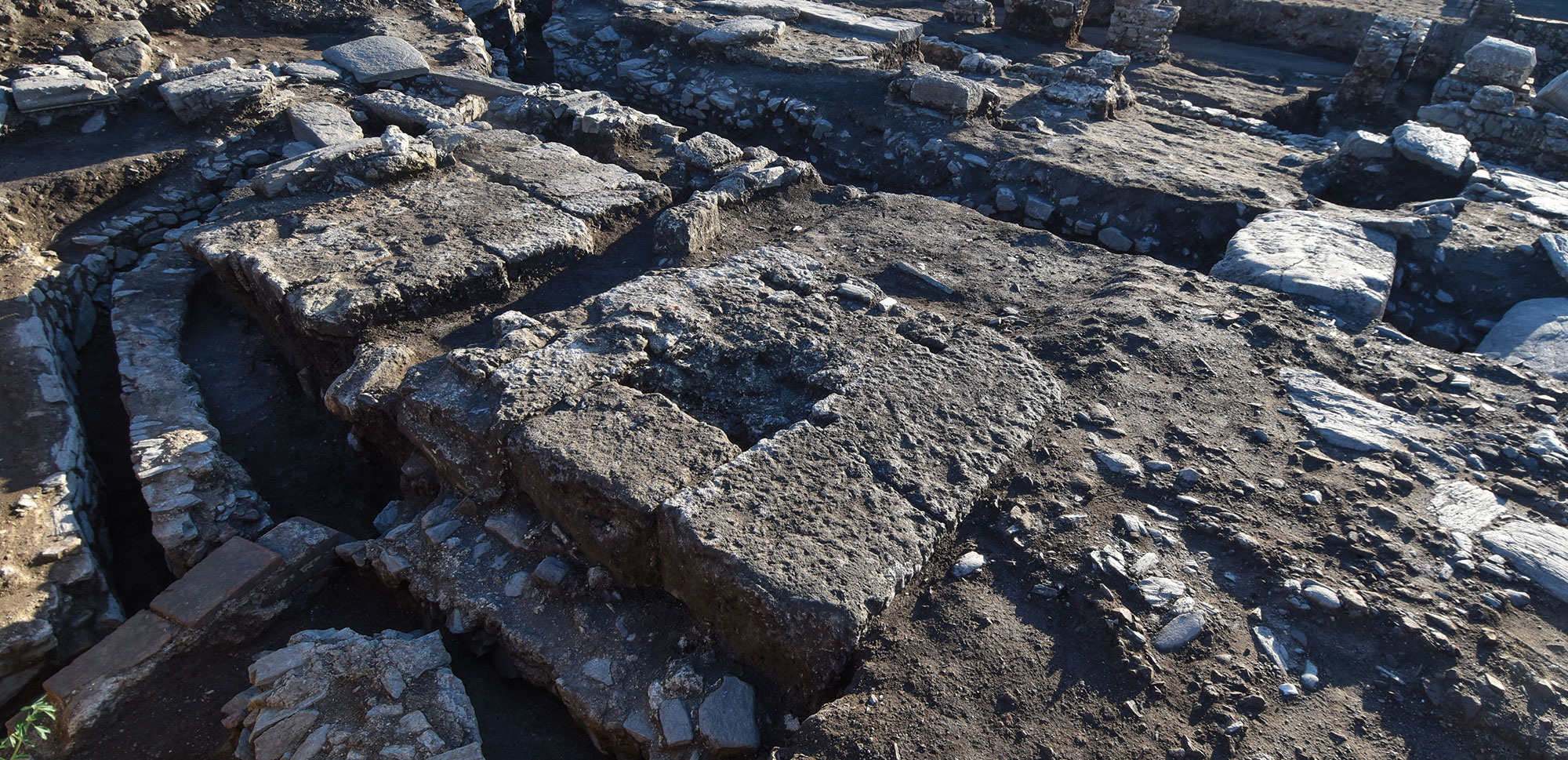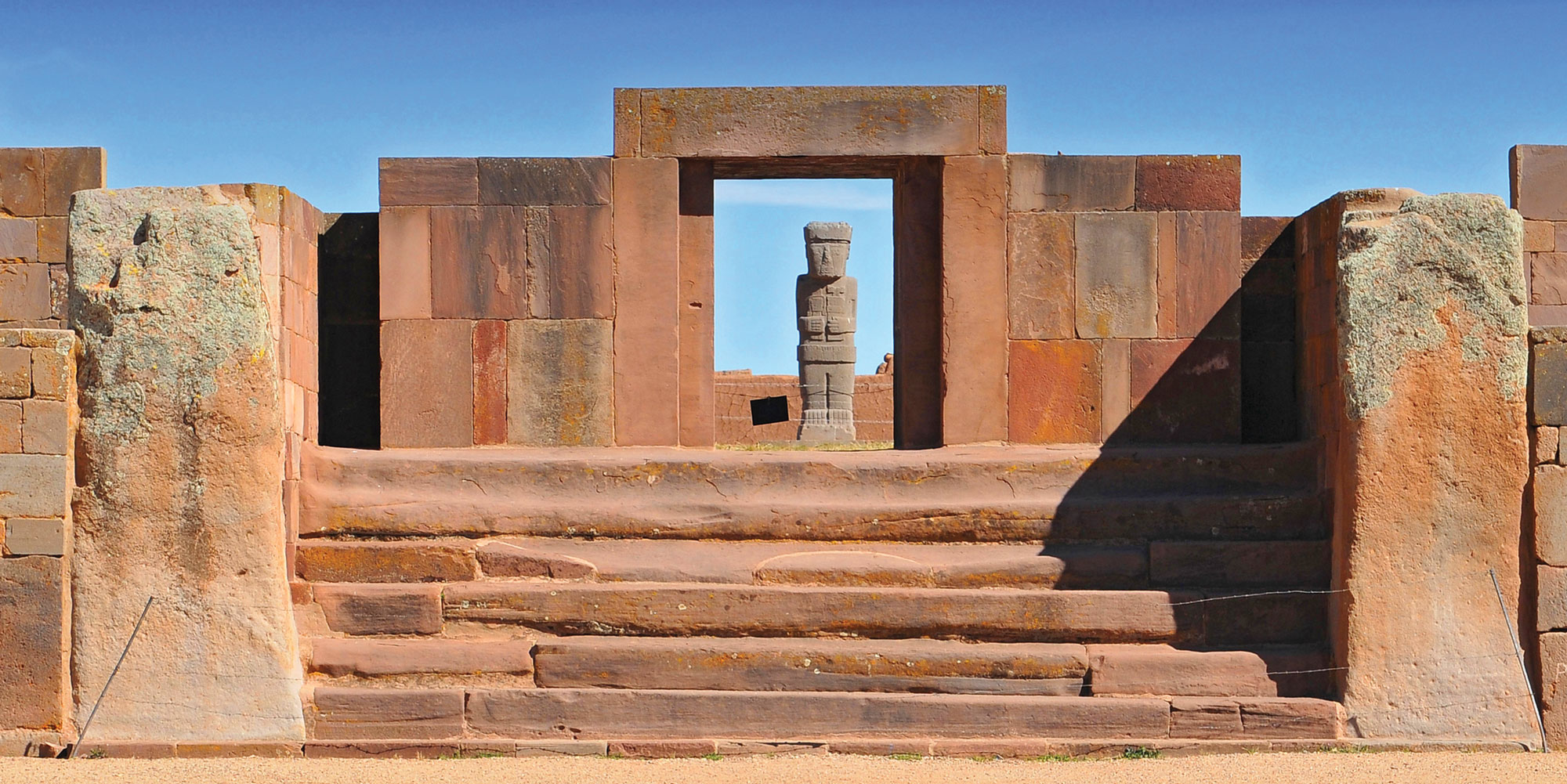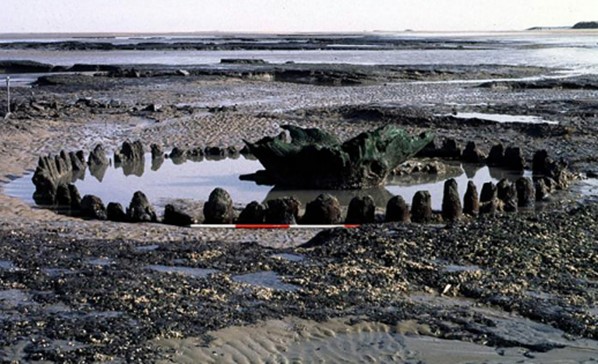
ABERDEEN, SCOTLAND—According to a statement released by the University of Aberdeen, archaeologist David Nance of the University of Aberdeen suggests that “Seahenge,” a timber circle discovered in a salt marsh on England’s eastern coastline in 1999, and a second timber circle found nearby, may have been constructed in an attempt to end a period of extremely cold weather. Dendrochronology shows that the two structures, officially known as Holme I and Holme II, were made with trees felled in the spring of 2049 B.C. “We know that the period in which they were constructed 4,000 years ago was a prolonged period of decreased atmospheric temperatures and severe winters and late springs placing these early coastal societies under stress,” Nance said. Five larger posts set in a horseshoe shape within Holme I are thought to have been aligned with sunrise on the summer solstice. There is a story in ancient Briton mythology, Nance added, in which an unfledged cuckoo was penned in a thorn bush in order to keep it singing and extend the summer season, but the bird escaped and took the warm weather with it to the Otherworld. He thinks that the arrangement of the timbers in Holme I may have been intended to resemble a hollow tree, or “the bowers of the Otherworld.” Meanwhile, timbers in the center of Holme II, thought to have held a coffin, were oriented towards sunrise on Samhain in 2049 B.C. Nance thinks the structure may be related to Iron Age legends in Ireland and northern Britain of sacred kings who were sacrificed to the goddess of Venus every eight years at Samhain, according to the eight-year cycle of the planet Venus. Such sacrifices were intended to appease the goddess and end misfortunes that had befallen the community. “Both monuments are best explained as having different functions and associated rituals, but with a common intent: to end the severely cold weather,” Nance concluded. For more about the origins of Samhain, go to "Samhain Revival."


